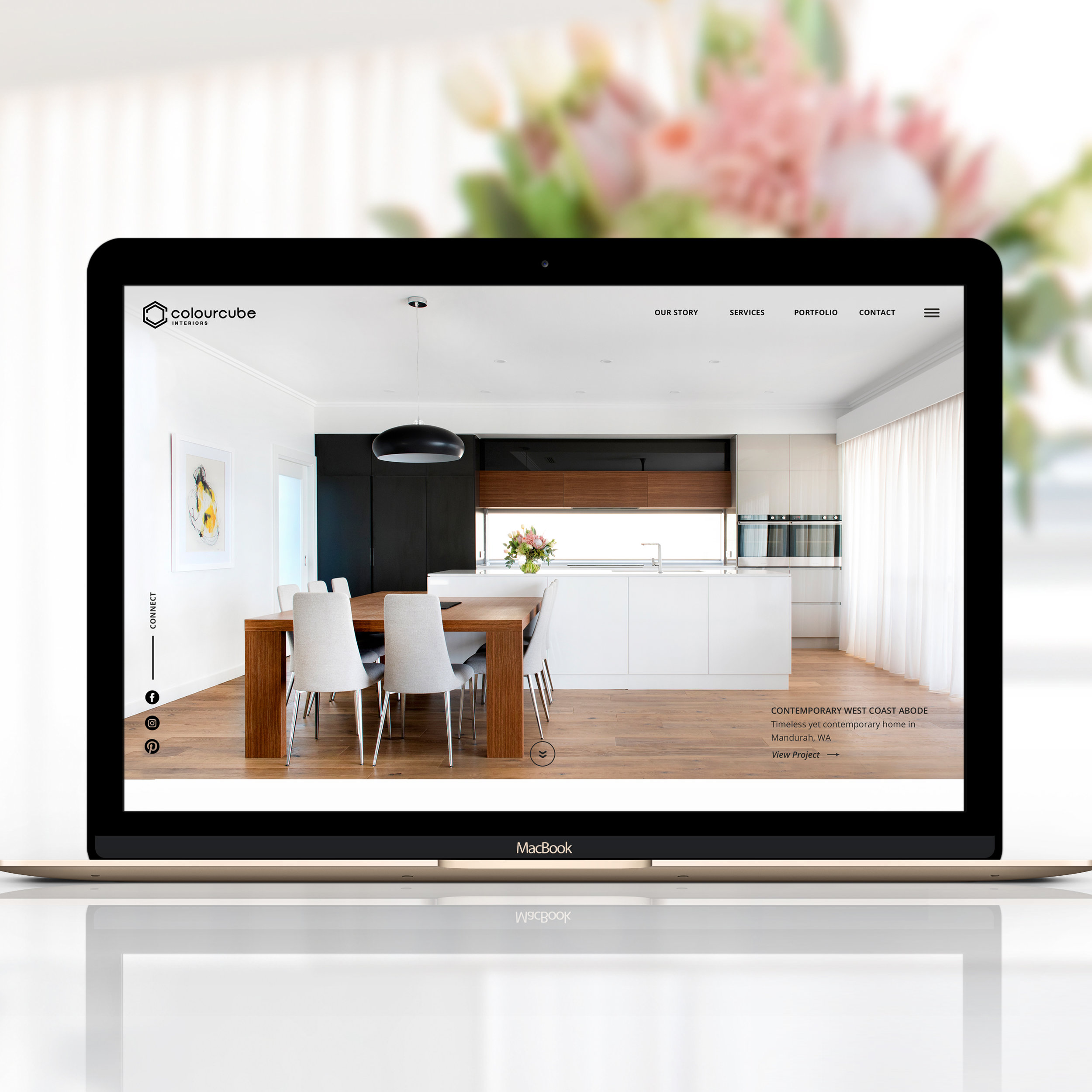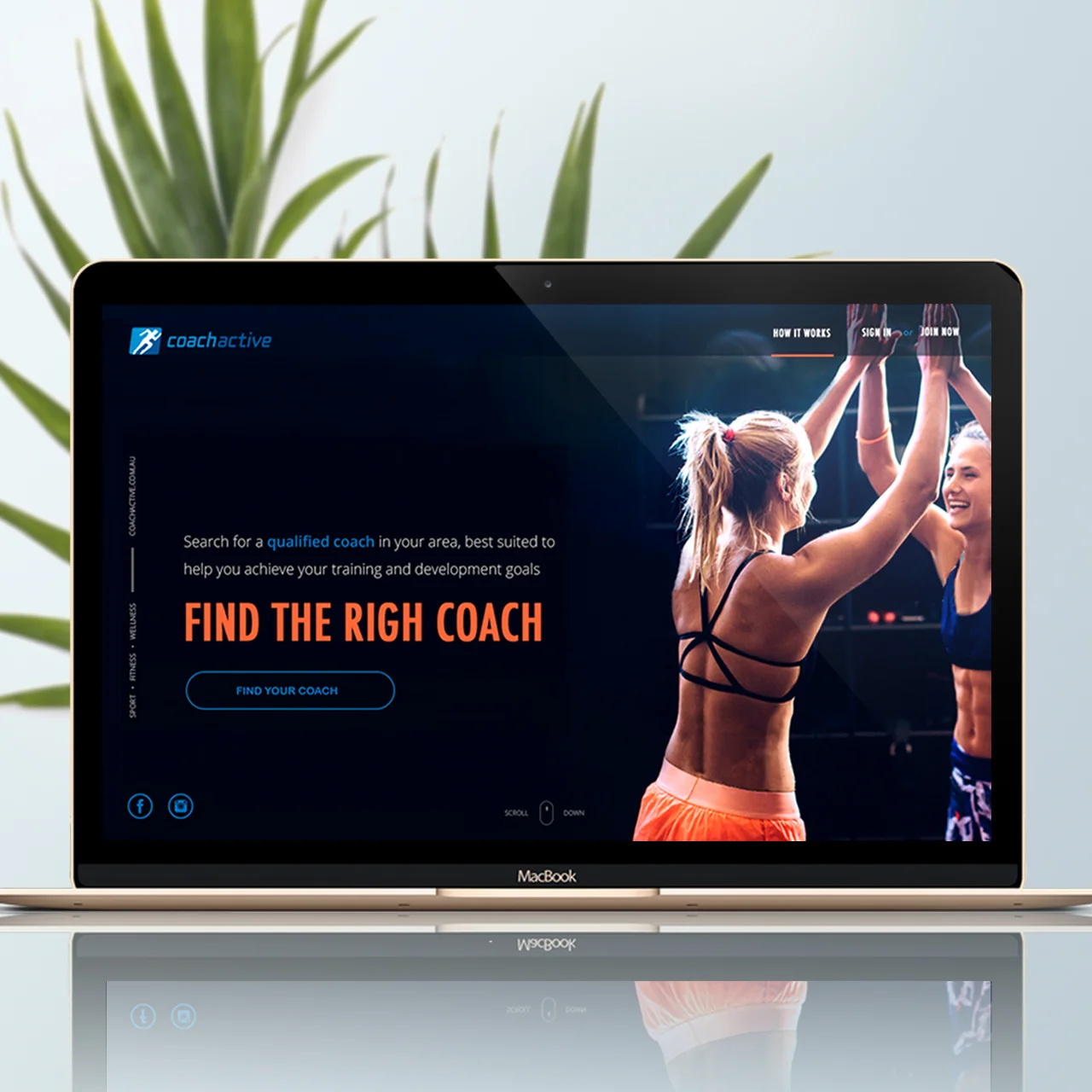Something is changing in the professional world today. Many professionals are quitting their corporate jobs to work for themselves.
Technology has made possible to run a business from anywhere and reach clients everywhere. Parents can now look after their business while they spend time with their kids. Young professionals can travel the world and take their jobs with them.
New business can be started with a minimum investment, few resources and no inventory. Setting-up a business is now easier than ever, but it also requires a lot of planning.
In today's post I'll take you through 20 important things to do before starting a new business. If you're thinking about quitting your 9-5 job and starting your own business this post will help you get ready for the transition.
1 | Choose a business name + entity
Coming up with a great name can be difficult, finding a name that is not taken even harder. To find my own business name I used this Name Brainstorm Worksheet, by Fuze Branding, with 4 simple steps for naming your business.
As soon as you find the name, register your business name and your domain before someone else takes it! If you are based in Australia, you can download my Business Registration Checklist (for Australian businesses).
2 | Find your ideal niche
Trying to sell anything to anyone can result in selling to NO ONE. Finding a niche will give you an opportunity to offer a more refined solution for particular problem or satisfying the needs of a specific group of people, where the competition is lower. In this other post I take you through the process for finding your ideal niche.
3 | Decide on your product or service offering
There are thousands of products and services available to consumers today. To enter the marketplace with a new product or service, you must be able to offer something that's different or better in some way than what's already being offered by your competitors. Don't try to sell anything, only sell your best product or your best skill.
4 | Study your competition
There are other professionals who are probably helping your ideal client to resolve the same kind of problems that you are. Know who your competitors are and how they are already helping your ideal client, and come up with other different and better solutions for the same client.
5 | Find your differentiation
In today's over-saturated world, it’s very difficult to get noticed. The only way to stand out in your market is by finding a differentiation. Find what values and benefits you can deliver that no one else can.
6 | Establish a clear brand direction
Purpose is what differentiate a superficially pretty brand from a meaningful brand with strong personality and clear direction. Define your brand direction by putting together your vision and mission statements, as well as your core values.
7 | Design an effective logo
Your logo is the heart and soul of your brand. It identifies your business in its simplest form. In spite of its simplicity, a logo is always full of meaning. An effective logo design needs to be simple, memorable, timeless, versatile and appropriate. In this other post I share my process for designing a effective logo.
8 | Build a professional visual identity
Your brand can be styled by adding other visual components like typefaces, colour, patterns, etc. These components are assembled within a set of guidelines - a style guide - to determine how to apply them in different mediums. You can download my template to create a professional visual style guide here.
9 | Brand your business
Every piece of communication that your clients see speaks volumes about the way in which you do business. Make a list of documents that you will need put in front of your clients and create branded templates, email signatures and printed business stationary to show how much you care about your business.
10 | Invest in high quality images
Images are the most powerful way to deliver your message and the number one thing that can kill your business image if they are not right. So hiring a professional photographer to get high quality photos of your products, your work and yourself will be the best business investment you can do.
11 | Decide your pricing
Pricing is a sensitive aspect of any business that can significantly impact in people’s perceptions. Before starting your business you need to determine how much your products, time or expertise worth. Make a price list and have a quote template if you sell services. You can download my quote template here.
12 | Choose payment system and set conditions
Invoicing clients and getting paid on time are challenging aspect of any business. Before starting your business, decide your pricing structure, payment methods, return policies - if you will sell products - etc. In this other post I shared some strategies to build steady income as a freelancer.
To invoice clients you can use free invoicing software like Wave and Paypal.
13 | Start a cashflow statement
As soon as you start your business you need to keep a record of the money flowing in and out to know how much much you made after expenses. If you're unsure about how to keep track of your finances, you can get my Finance Planner for small businesses, available at my Etsy shop.
14 | Get your contract ready
If you're selling professional services, a contract is extremely important to ensure a satisfactory professional relationship between you and your client. This document clarifies the terms of service and sets expectations and limitations. You can get a Standard Form of Agreement for Design Services from AIGA.
15 | Establish a communication workflow
A good communication process can set the basis for a successful - or disastrous - project or client relationship. Having a good communication process in place will save you time and headaches and deliver a great client experience. To learn how to streamline your business communications also read this other post.
16 | Launch your website
Your website is the base of your communications and needs to go live before creating any other brand element, as you will want to include the website address in your stationary and other marketing materials. To ensure you get your website right from the beginning read this other post, with things that you should do before getting a new website.
17 | Create social media profiles
Social Media can be powerful and cost-effective tool to promote your business. However, keeping your profile active requires time, dedication and resources. Before taking your business to social media, determine first which platform is best for your business. You can learn more in this other post on Which Social Media Should I Choose To Promote My Business?
18 | Start a mailing list
Your email list is the most effective way to connect with your audience after visiting your website. Building an email list can take time and a lot of work. Connect your website with an email system, such a Mailchimp, and start collecting email addresses as soon as your new website goes live. Learn more about how to build your email list in this other post.
19 | Promote your business
Let everyone know that you are about to start a new business. Then you can develop a 12-month marketing plan for your business that combines some online and offline actions To help you create a comprehensive marketing plan you can get my Small Business Marketing Planner at my Etsy shop.
20 | Find your first client
You won't officially in business until you don't have your first client. Your first referrals and clients may come from people close to you, so ask your family and friends to help you promote your services or shop. If you can't find any client start doing some charity work to build your portfolio or simply help people with small jobs. Most of us started that way.
If you dream about having your own business but don't feel confident enough, join my Creative Business eCourse. I'll show you all the secrets to build a creative business from scratch and set yourself for a huge success!
My 6 module program has been designed to fast track your creative business and help you achieve an elusive work-life balance.


























